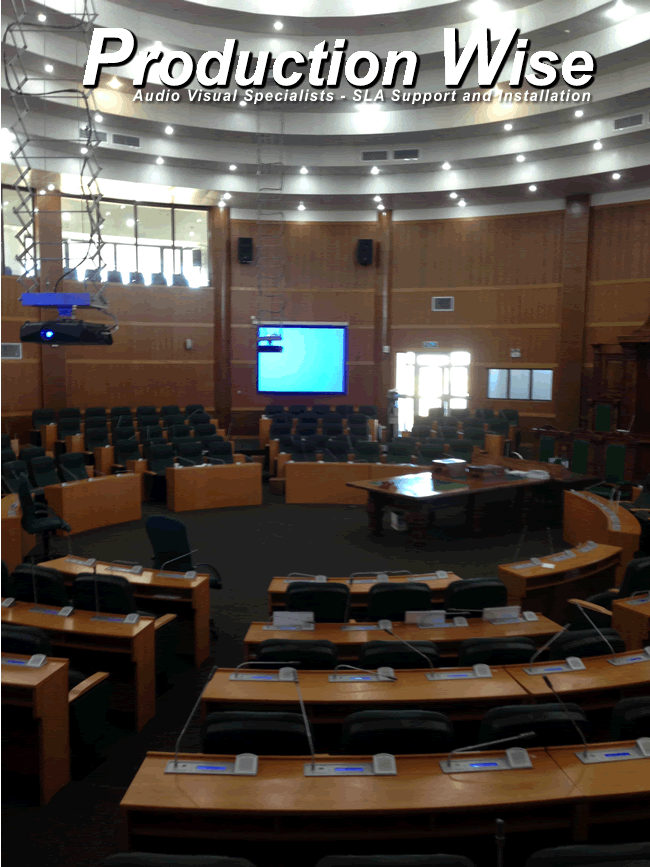
Positioning security cameras effectively effectively remains crucial to enhancing monitoring in different environments, including homes, businesses, as well as public areas. The primary objective of security systems remains to deter criminal activity while also provide evidence during instances of events. To achieve this, it is important to consider various elements, including surveillance camera placement, range of vision, and the particular areas that need monitoring. By comprehending these elements, people and entities can develop a thorough surveillance strategy that maximizes the effectiveness of their surveillance systems.
One of the initial steps in placing security cameras involves to identify critical areas that require surveillance. High-risk areas, such as entrances, exit points, parking areas, and locations with valuable items, must be prioritized. It also important to take into account blind spots, which may be areas that may not be seen from specific angles. By charting out these key areas, security staff can ensure that every nook is observed, reducing the chances of illegal activity going undetected. Additionally, placing surveillance systems at key points can help form a comprehensive perspective of the premises, enabling for improved overall surveillance coverage.
The viewing angle of a security system remains another important element to consider. Different types of surveillance systems offer different ranges of view, which can affect how many space is recorded in the footage. For example, broad-view cameras can monitor bigger spaces, rendering them ideal for open locations, while PTZ systems can be adjusted to focus on specific features. When placing cameras, it is important to select the right kind based on the area being monitored. This guarantees that the system can record sharp images and provide valuable data in case of an occurrence.
Elevation and angle of mounting also have a crucial role in the effectiveness of security cameras. Cameras must be installed at a level that remains out of reach of possible interference but still enables for unobstructed viewing of faces and other identifying details. A typical suggestion is install systems at least wikipedia reference 8 to 10 feet off the floor. Additionally, the tilt at which the system remains set can affect its ability to capture crucial information. Surveillance systems should be angled to reduce reflection and avoid obstructions, ensuring that they can record sharp footage at all times.
Finally, routine upkeep and improvements to the security camera is crucial for long-term efficacy. This includes checking system functionality, wiping optics, as well as making sure that software is current. Frequent assessments of the surveillance plan can assist identify any new areas not visible or locations that may require extra monitoring. By remaining vigilant and implementing necessary changes, people and entities can improve their surveillance effectiveness and guarantee that their security systems continue to serve their designated function.